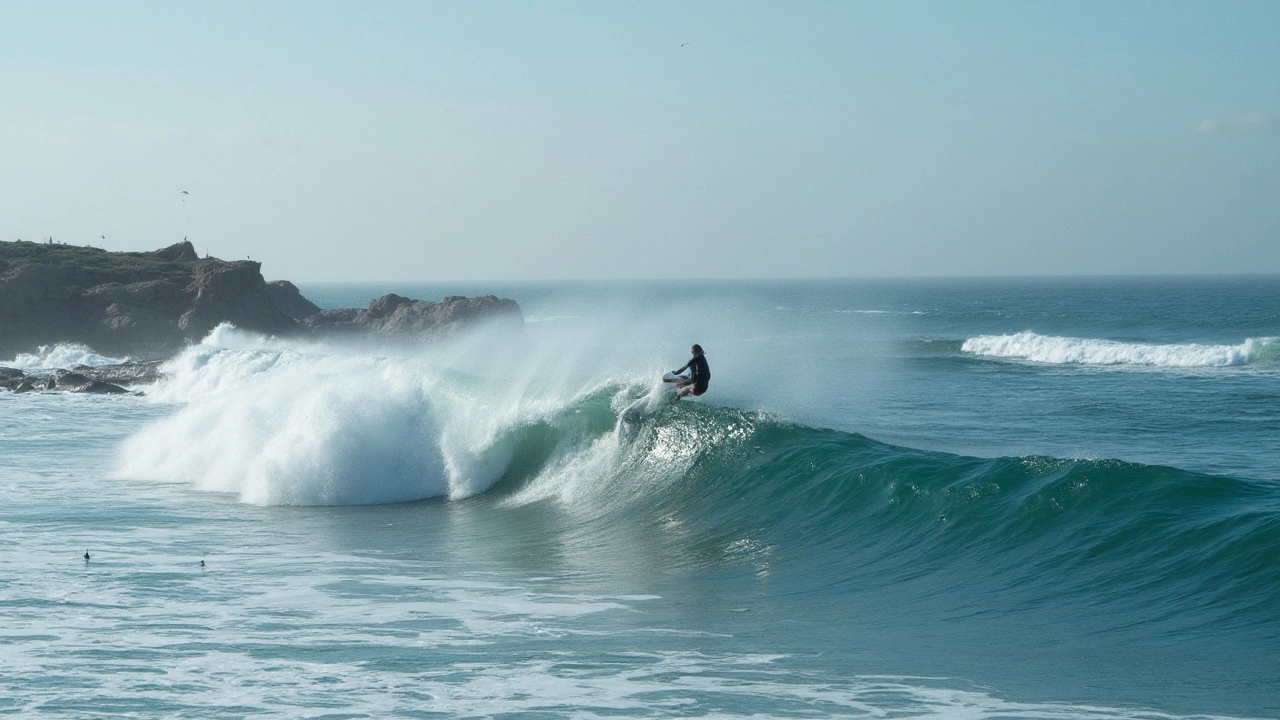Baja California's Bahía de Todos Santos made waves in the surf world when it became Mexico's first World Surfing Reserve back in 2014. This incredible place isn't just loved for its perfect surf breaks, but also for its rich cultural background and the role it plays in environmental sustainability.
The designation covers several legendary surf spots, including Salsipuedes, San Miguel, 3M’s, Stacks, and the monster waves of Killers at Isla Todos Santos. These sites draw surfers from all around, particularly when the winter swells hit from the northwest. San Miguel holds a special place as it’s considered the birthplace of Mexican surfing culture, credited with supplying crucial sand and cobblestones that shape the exceptional waves.
Pioneering Environmental Efforts
The reserve isn't just about epic surfing—it's a beacon for environmental protection. Efforts focus on preserving the San Miguel riparian zone, an essential part of the local ecosystem that supports native plants and wildlife. There have also been strides in cutting down plastic waste, highlighted by Ensenada's bold move to ban single-use plastic bags in 2019.
Keeping the beaches open to all is another priority, with Tres Emes Beach becoming accessible to the public in 2023. Such initiatives ensure everyone, from locals to tourists, can enjoy the natural beauty without barriers. Further anchoring these efforts is the Bahía de Todos Santos WSR Stewardship Council. This dedicated group, led by President Fernando Marvan, Reserve Manager Mara Arroyo Rodriguez, and Ambassador Gary Linden, collaborates closely with groups like PRONATURA and Wildcoast to safeguard this coastal gem.
Community and Conservation Success
The reserve's ongoing success springs from its powerful partnerships. Organizations like the Save The Waves Coalition, UN Environment Mexico, and proactive community conservation endeavors mix surf tourism with smart ecological management strategies. These efforts recently bore fruit with the creation of Baja California's first state park at San Miguel, protecting 67 hectares of pristine coastal land for public enjoyment and nature's sake.
The World Surfing Reserve in Bahía de Todos Santos not only celebrates the art of surfing but champions an essential relationship between sport and stewardship. Balancing adventure with conservation, it's a model for others to follow, showing how surf culture can drive powerful environmental change.






Write a comment